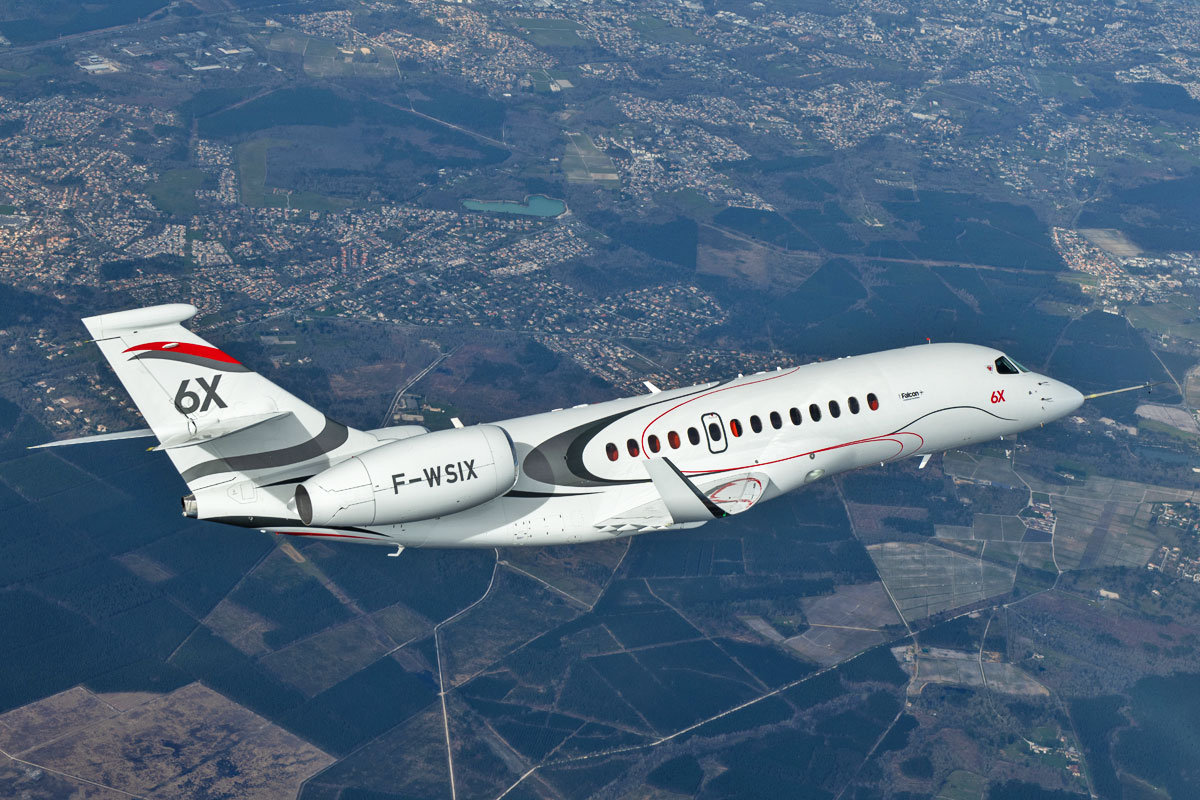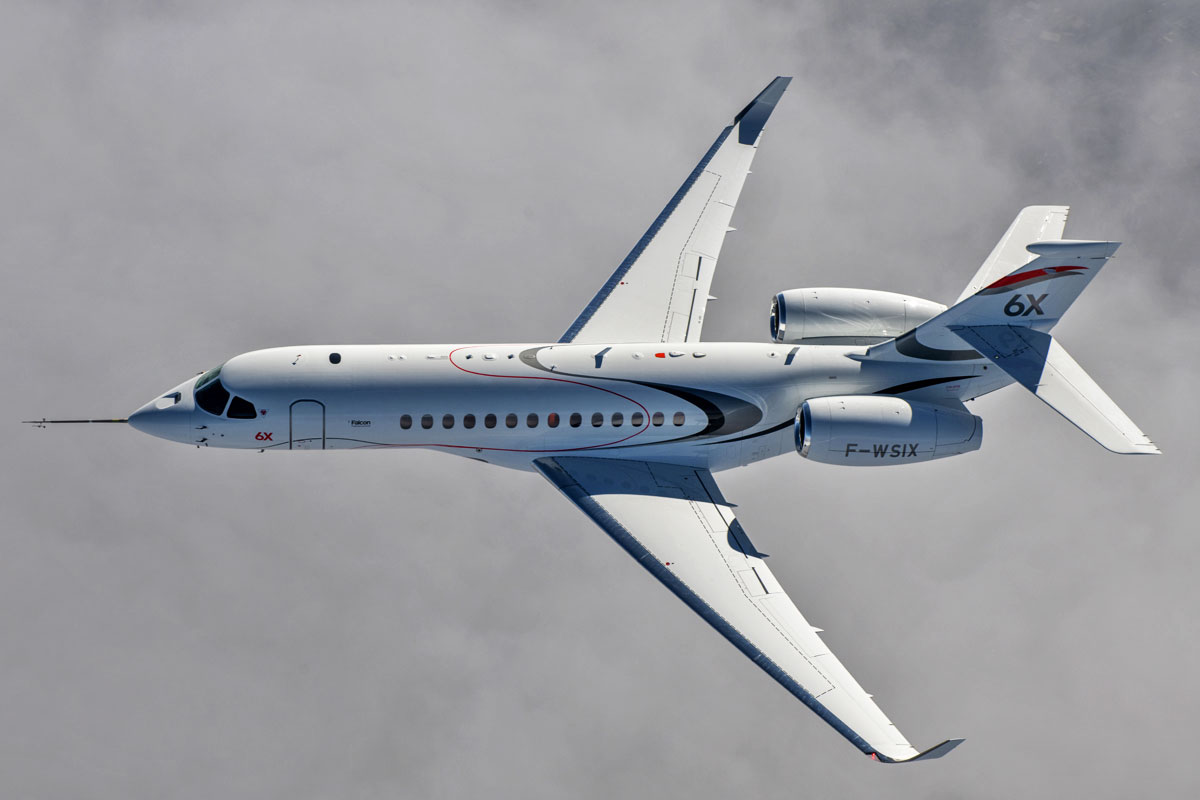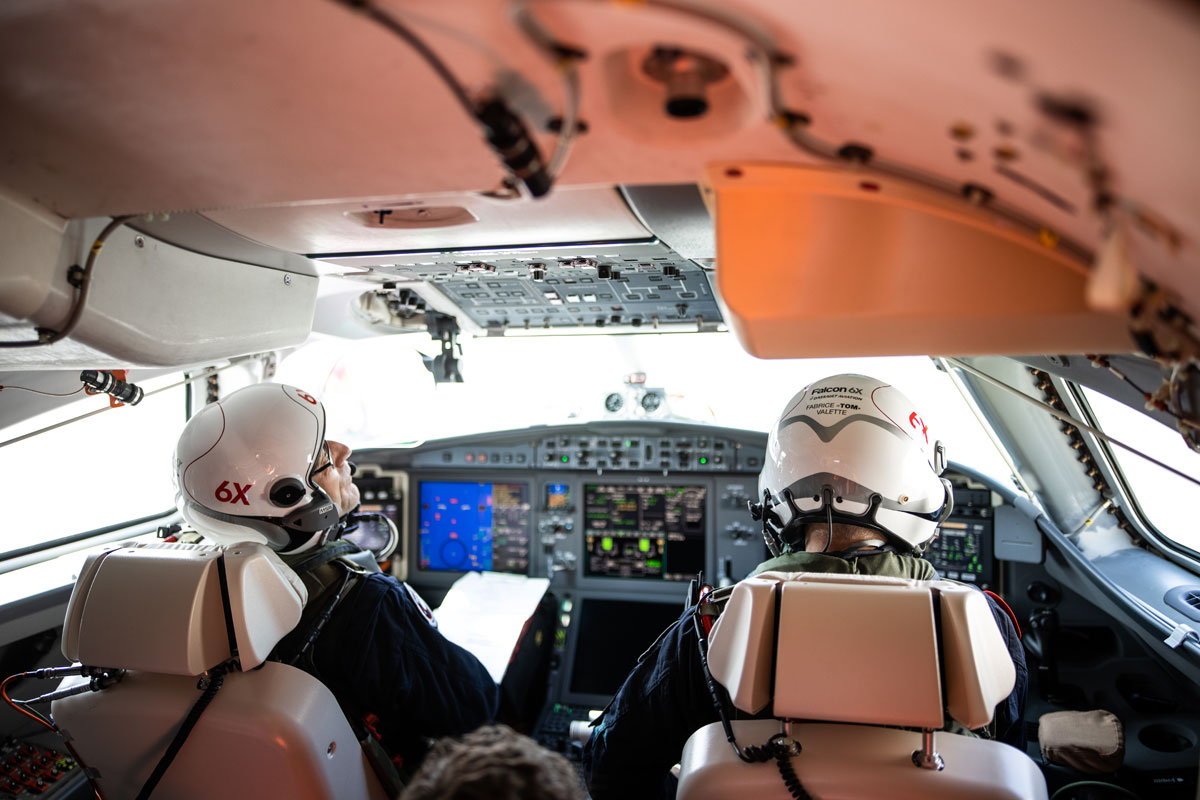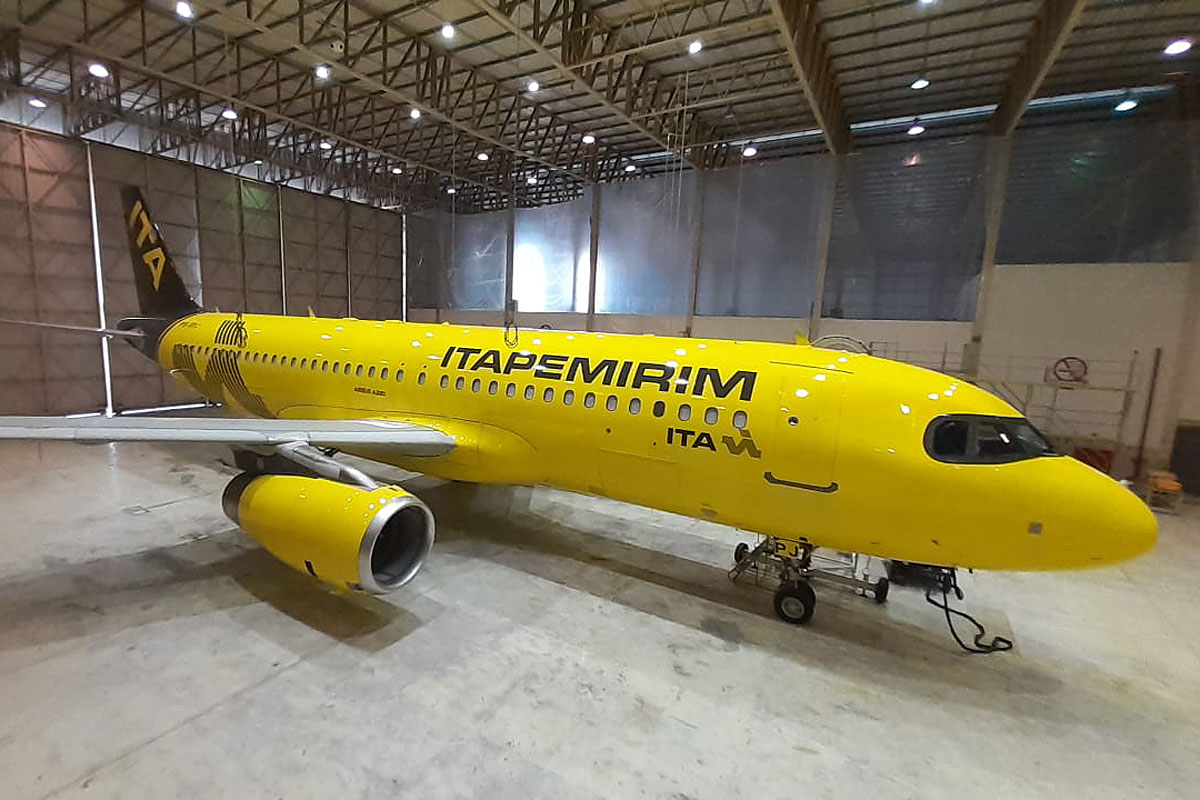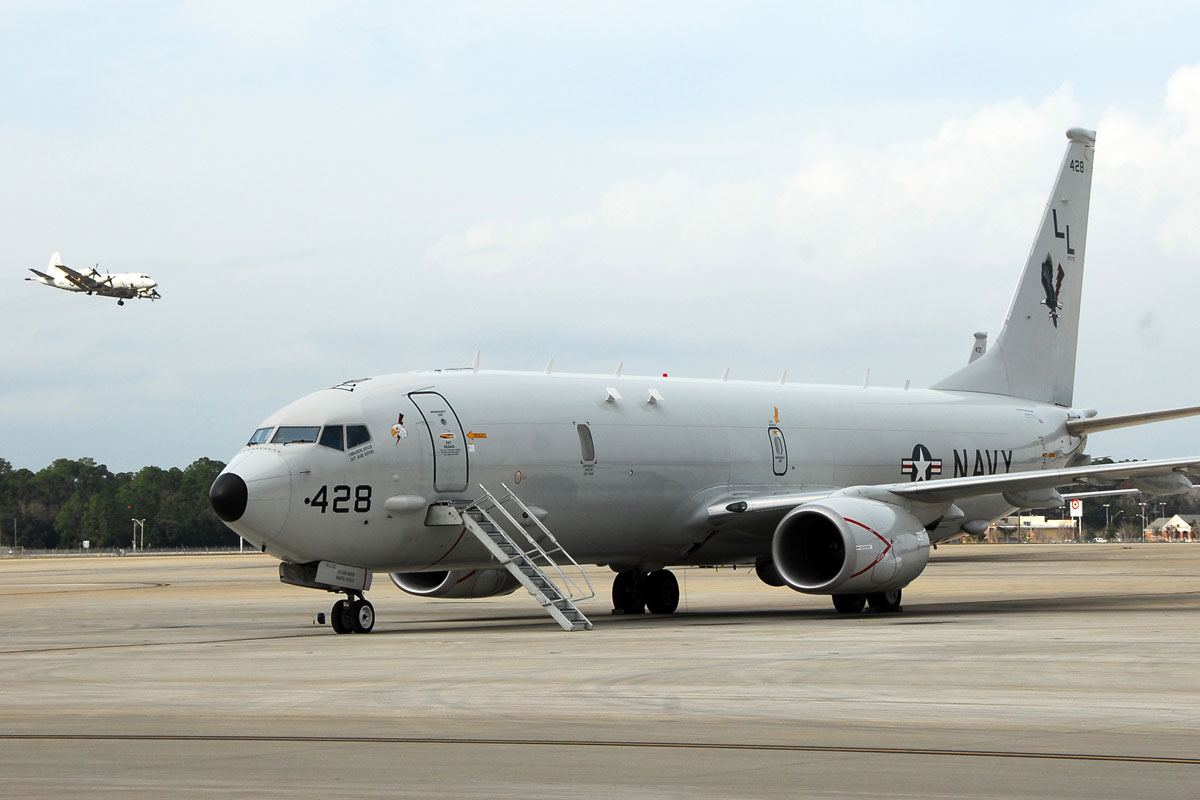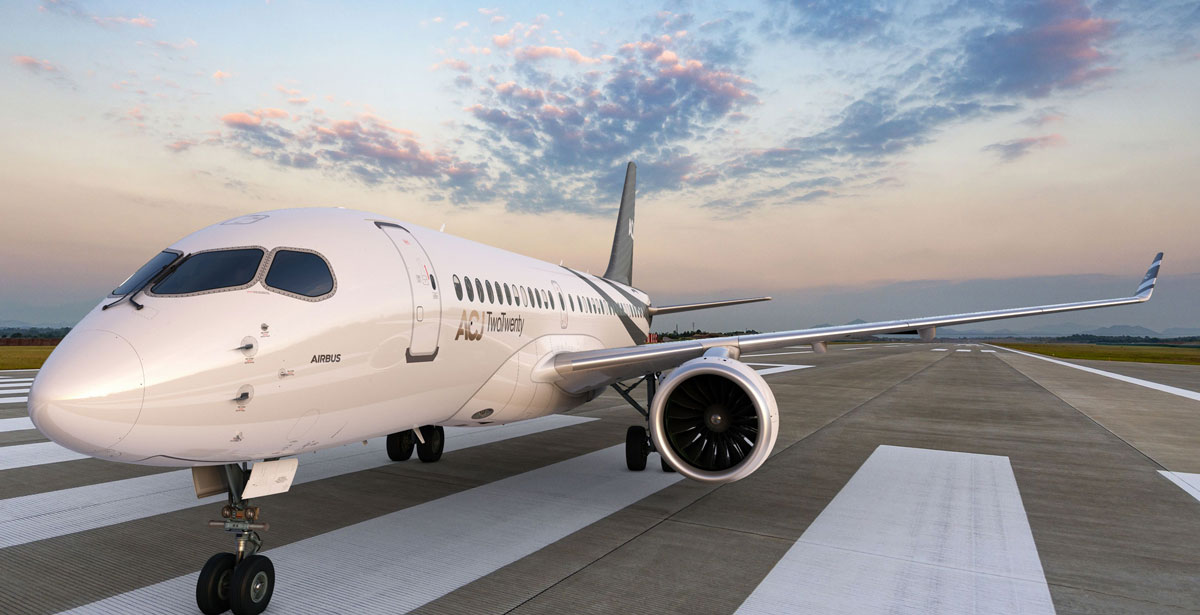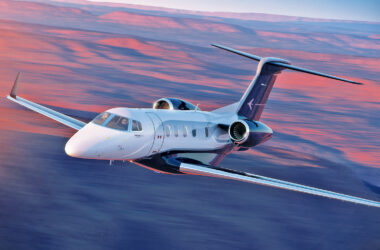After several setbacks with the 5X project, Dassault conducted this week the inaugural flight of the Falcon 6X, the largest business jet ever developed by the planemaker.
Twin-engine, the new jet has a superlative passenger cabin, 2.58 m wide and 1.98 m high – the model has transport capacity similar to the Falcon 8X tri-jet, between 12 and 16 passengers.
The first flight took place on Wednesday in Mérignac and lasted 2 hours and 30 minutes, reaching a speed of Mach 0.8 and an altitude of 40,000 feet.
The Falcon 6X offers a shorter range than models 7X and 8X, of 5,500 nautical miles (10,186 km), but the performance is similar, with the advantage of using only two more economical Pratt & Whitney PW812D turbofans.
“Today’s flight is another milestone in Dassault history, made all the more satisfying by the remarkable efforts of the entire Dassault organization and its partners over the challenging past year,” said Dassault Aviation CEO Eric Trappier. “We dedicate today’s achievement to Olivier Dassault, who died tragically on Sunday,” continued Trappier. “Olivier was a Falcon pilot who perfectly embodied his family’s boundless passion for aviation.”
Dassault predicts that other two test aircraft are expected to join the first prototype in the coming months in order for the certification program to be completed by the end of 2022. The manufacturer further states that “the 6X will also be the first Falcon equipped with the FalconScan advanced diagnostics system, which monitors and reports on 100,000 maintenance parameters.”
Falcon 5X
The Falcon 6X was launched in 2018 as a response to the failure of the Falcon 5X program. The aircraft had been presented in 2013 as a business jet with a capacity for 16 passengers and a range of 9,600 km.
The big difference of the new plane was the Silvercrest turbofan, which promised a performance superior to the models of the time, but Safran had many problems with the engine, leading Dassault to cancel the 5X in late 2017, months after the first flight of the single prototype.
The solution was to redesign the aircraft by incorporating improvements and replacing the Silvercrest with the well-known PW812D, used by jets such as the Gulfstream G500 and G600.


